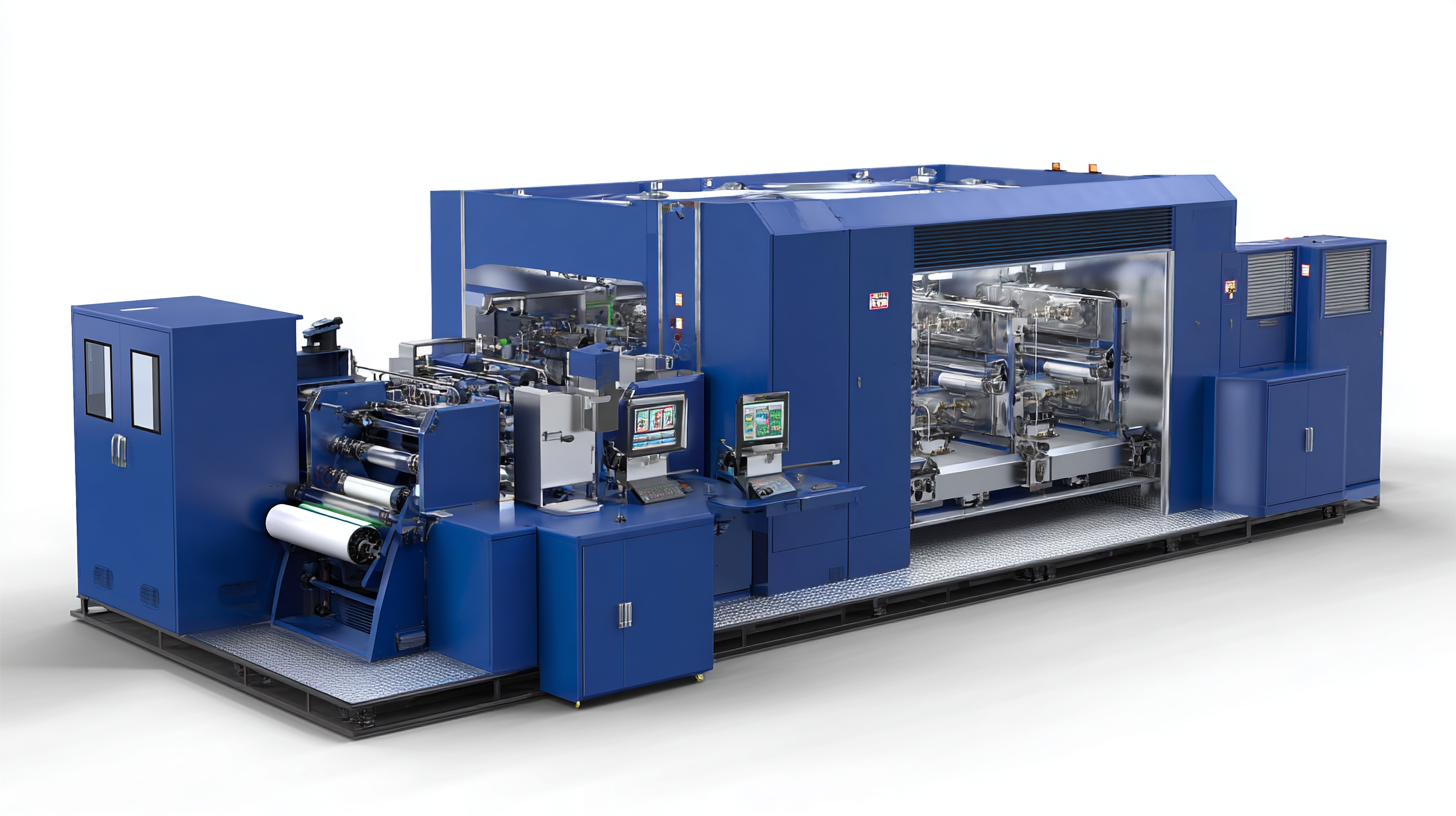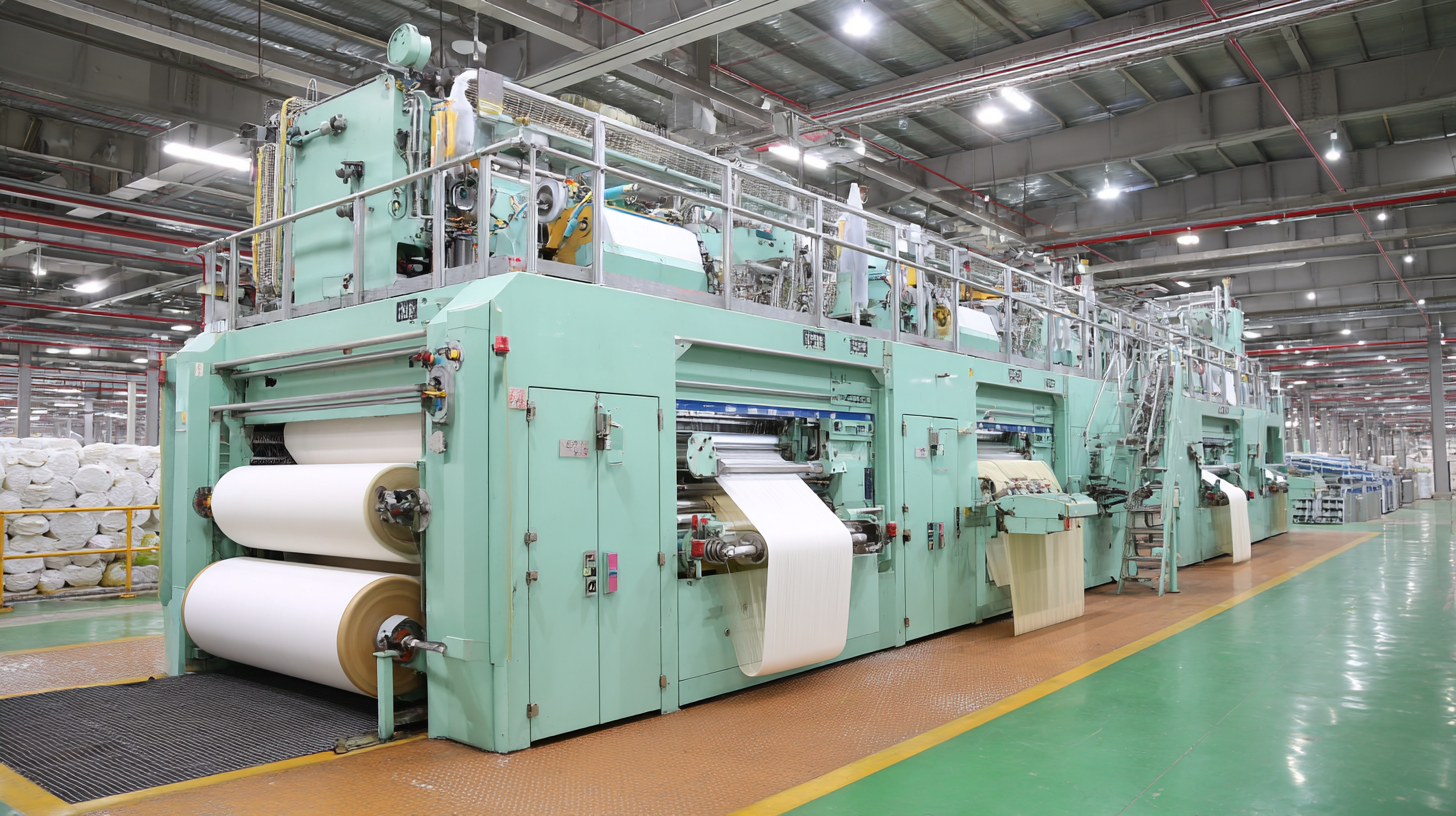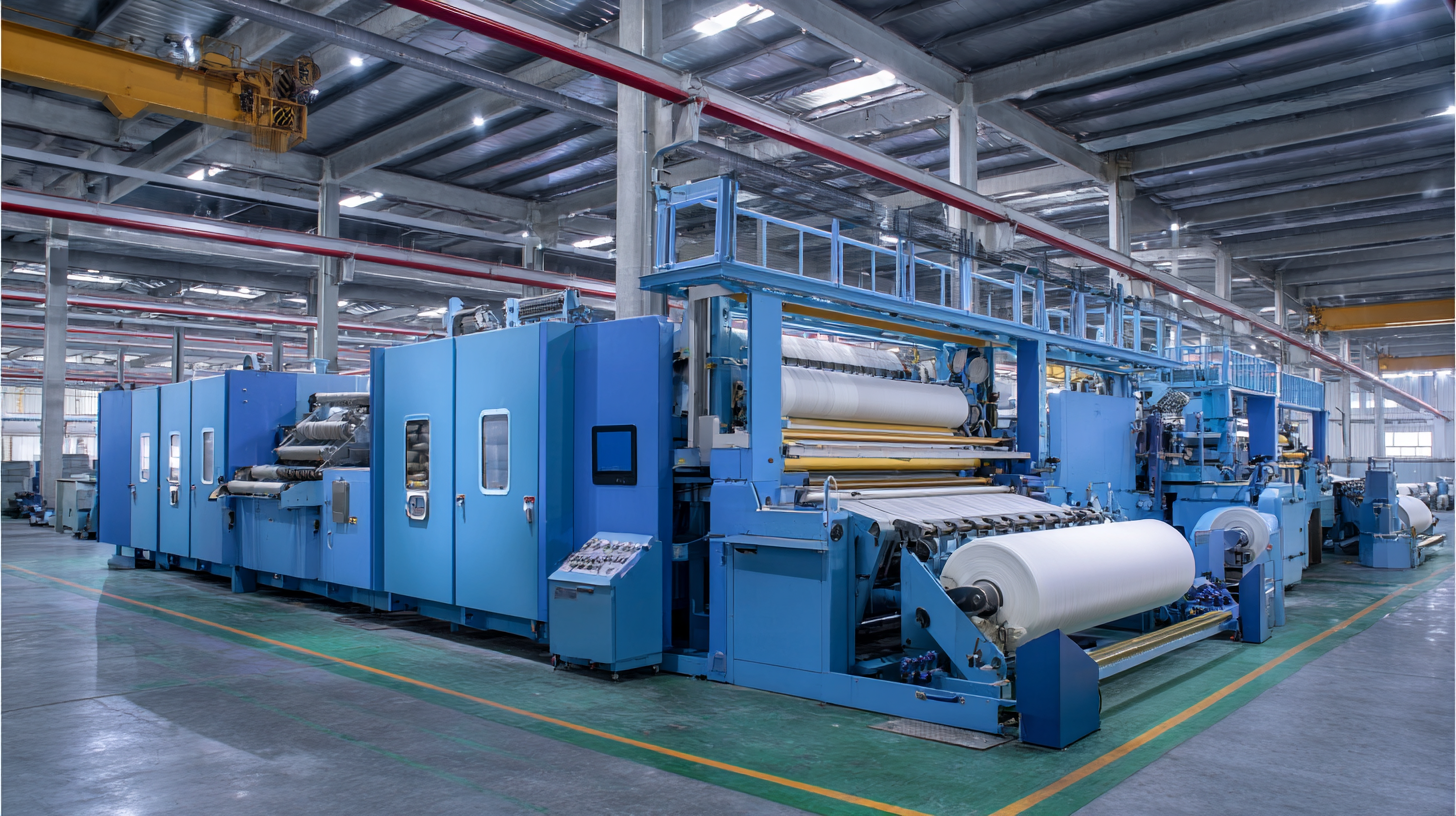Leave Your Message
In the ever-evolving landscape of the textile industry, selecting the right equipment is crucial for maintaining a competitive edge and operational efficiency. One of the pivotal investments for textile businesses is the High Speed Carding Machine, known for its capability to enhance production rates while ensuring superior fiber quality. As we delve into the industry trends for 2025, it becomes essential to understand the various features and specifications that differentiate high-quality machines from the rest. This blog aims to provide a comprehensive guide on how to choose the best High Speed Carding Machine tailored to your specific needs. By exploring the latest innovations, performance metrics, and conducting a comparative analysis of leading manufacturers, we will equip you with the insights necessary to make an informed decision and elevate your textile production to new heights.

When selecting a high-speed carding machine for your textile business, several key factors should guide your decision-making process. First and foremost, consider the machine's capacity. It’s essential to choose a machine that can handle the volume of production you anticipate. Assessing the daily output and comparing it to the machine's specifications will help ensure that you won't face bottlenecks in your production line.
Another crucial factor is the technology and features of the carding machine. Modern high-speed carding machines often come with advanced automation options, which can significantly enhance efficiency and reduce labor costs. Look for features such as programmable settings, easy maintenance protocols, and compatibility with different fiber types. Additionally, pay attention to the machine's energy consumption rates and noise levels which can impact your operational costs and workplace environment. By weighing these considerations carefully, you can make a more informed choice that aligns with your business needs.

When selecting a high-speed carding machine for your textile business, it’s essential to understand the various types of carding machines available in the market. There are generally three main categories: roller carders, flat carders, and drum carders. Each type is designed to cater to specific needs and fabric types, which can significantly influence the quality of your end product.
Roller carders are ideal for producing finer fabrics, as they provide a more intense drafting process. They are suitable for short-staple fibers and are prevalent in the production of lightweight textiles. Conversely, flat carders are more versatile and can handle a broader range of fibers, making them suitable for both short and long staple applications. Drum carders, on the other hand, are perfect for small-scale businesses or hobbyists due to their compact design and ease of use.
**Tip:** Consider the volume of production and the specific fiber types you will be working with when choosing your carding machine. Always check the machine specifications to ensure compatibility with your material.
**Tip:** Don’t forget to factor in the maintenance requirements of each machine type. A machine that is easy to maintain can save you time and resources in the long run. Research and seek advice on which models are known for their durability and reliability.
| Machine Type | Production Capacity (kg/h) | Power Consumption (kW) | Weight (kg) | Price Range (USD) |
|---|---|---|---|---|
| Semi-Automatic Carding Machine | 100-150 | 5 | 300 | $15,000 - $20,000 |
| Fully Automatic Carding Machine | 200-300 | 10 | 600 | $25,000 - $35,000 |
| High-Speed Roller Carder | 150-200 | 7 | 500 | $20,000 - $28,000 |
| High Performance Airlay Card | 100-180 | 8 | 400 | $30,000 - $45,000 |
When selecting a high-speed carding machine for your textile business, it is crucial to evaluate the production capacity and efficiency that align with your operational needs. First, consider the machine's throughput – the amount of fiber processed per hour. A machine with a higher production capacity can significantly reduce lead times, allowing your business to meet customer demands swiftly. Analyze your production goals and choose a machine that not only meets current requirements but can also adapt to future increases in demand.
Efficiency is another pivotal factor in your decision-making process. Look for machines that offer advanced features such as automated controls and energy-saving technologies. These innovations not only streamline operations but also minimize wastage, which can result in substantial cost savings. Additionally, assess the machine's maintenance needs; frequent downtimes can disrupt the workflow and impact overall productivity. By balancing production capacity with efficiency, you can ensure that your textile business remains competitive in a fast-evolving market.
When selecting a high-speed carding machine for your textile business, the significance of quality and reliability cannot be overstated. High-speed carding is essential for maximizing fiber quality and reducing processing times, making it crucial to invest in machines that deliver dependable performance. According to a 2022 report by the Textile Machinery Manufacturers Association (TMMA), high-quality carding machines have been shown to improve carding efficiency by up to 25%, directly impacting the overall quality of the final product.

Furthermore, the reliability of these machines influences maintenance costs and operational efficiency. The same TMMA report indicates that unreliable carding machines can lead to unplanned downtimes, resulting in average losses of 15% in production output over time. Investing in machines known for their durability and consistent performance not only minimizes repair costs but also ensures a smooth production process. In today’s competitive textile industry, where margins are slim, the choice of a high-speed carding machine should prioritize these vital factors to sustain business growth and customer satisfaction.
When selecting a high-speed carding machine for your textile business, after-sales support and maintenance services play a crucial role in ensuring long-term operational efficiency. According to a report by Grand View Research, the global textile machinery market is projected to reach $2.2 billion by 2025, highlighting the increasing competition among manufacturers to provide comprehensive service packages. A machine’s performance can be greatly influenced by the availability of timely support and proper maintenance, which directly impacts production quality and downtime.
Furthermore, a survey conducted by Textile World indicated that 65% of textile manufacturers consider reliable after-sales service as a key factor when choosing equipment suppliers. This underscores the importance of evaluating not only the technology and capacity of the carding machines but also the supplier’s commitment to ongoing support. Investing in a machine backed by excellent customer service can reduce the total cost of ownership and ensure your operations remain agile and adaptable in a rapidly evolving market. Ensure you ask potential suppliers about their maintenance schedules, response times, and support resources to make a well-informed decision.
